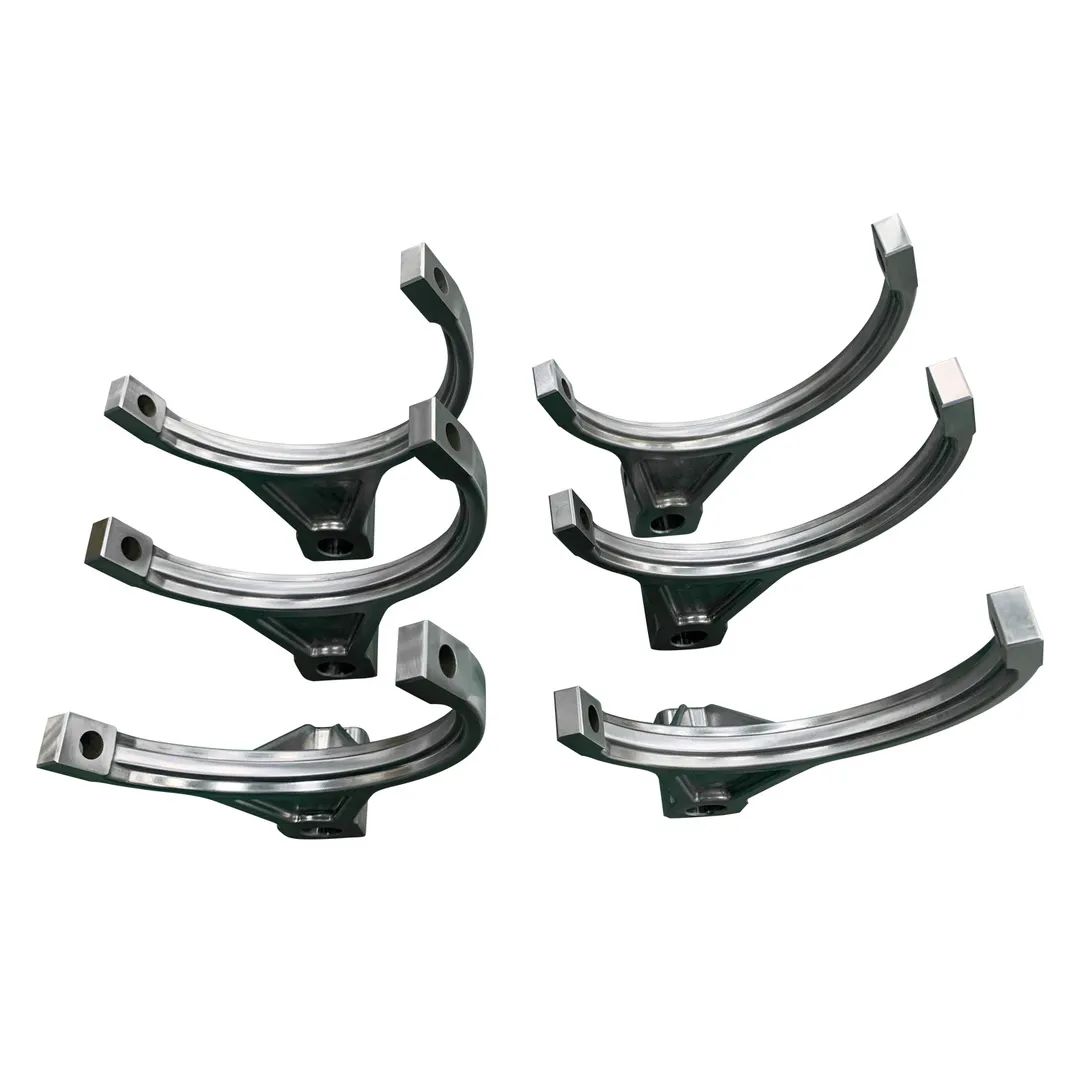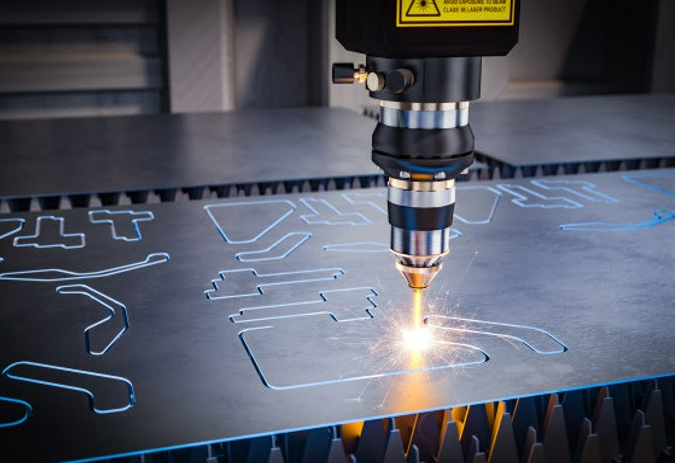 Part Machining / Mould
Part Machining / Mould Sheet Metal / Hand Plate
Customize&Volume Production
 English
English
 Part Machining / Mould
Part Machining / Mould  English
English

Sheet metal precision holes process is an essential step and technology of sheet metal stamping.
In the process of sheet metal stamping, making precise holes is a very common demand, which requires sheet metal precision holes technology to achieve. Counter eboring and reaming are two common hole processing methods for metal or other materials. They differ in processing methods, application and hole shapes.
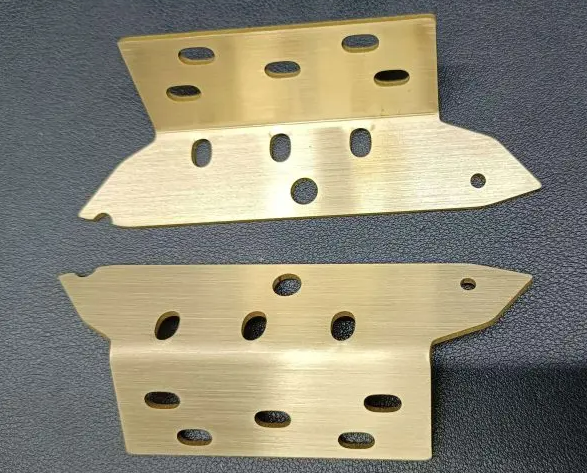
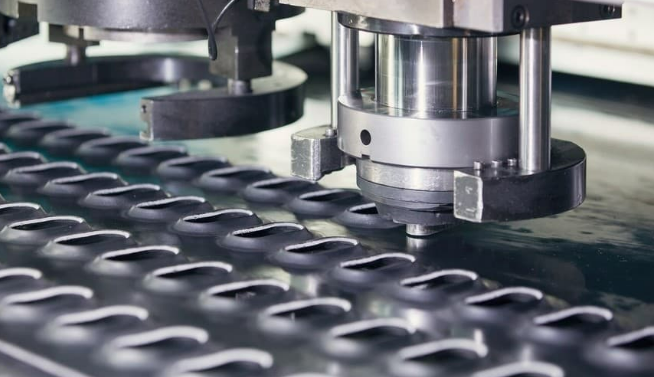
What is Counterboring?
Counterboring is a hole processing method for flat bottom holes. It is characterized by machining a larger diameter flat bottom hole at the bottom of the original hole, usually in a cylindrical shape. The purpose of the counterboring is to enable bolt head or nut can be inserted into the hole so that it is aligned with the surface of the workpiece.
Counterbore is usually done by two cutting tools. First, an initial hole will be drilled in the workpiece by using a drill or other machining tool. Then, using a special counterboring tool, place the edge of the tool over the initial hole and rotate the cutting to create a large-diameter flat bottom hole.
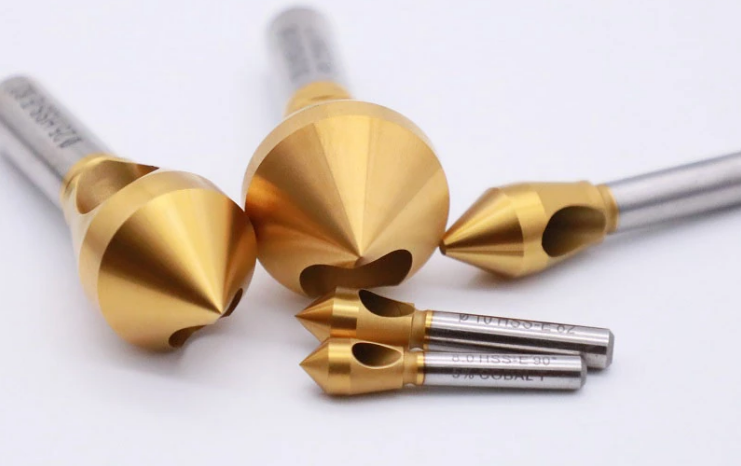
Factors need to be considered before counterboring:
1. The stampability of the material: the stampability of the material refers to the plasticity and deformation ability of the material in the stamping process. Different types of materials have different stampability properties, therefore, stampability needs to be taken into account when selecting materials, so as to ensure that the desired counterbore shape can be formed.
2. The ratio of material thickness to the counterbore diameter: The design of counterbore usually considers the proportional relationship between the thickness of material and the diameter of the counterbore. If the material is too thick, and the diameter of counterbore is small, it may cause the material to be unable to fully form the counterbore during the stamping process, or there will be excessive deformation and damage. Therefore, it is necessary to determine the appropriate ratio between thickness and diameter according to the nature of the specific material and the limitations of the stamping.
3. Strength and stiffness of the material: After the counterbore is formed, it will become a raised part of the sheet metal. Therefore, the strength and stiffness of the material are crucial to ensure the structural stability and reliability of the counterbore. If the material is too thin or not strong enough, it may cause deformation or rupture of the hole area.
In short, the design and production of the counterbore has requirements for the thickness of the material, and it is necessary to comprehensively consider the factors such as the stampability of the material, the ratio of thickness to diameter and the strength stiffness to ensure that the counterbore can be correctly formed and meet the design requirements. Specific requirements will vary according to different projects and applications, so in the actual design, reasonable engineering evaluation and verification are required.
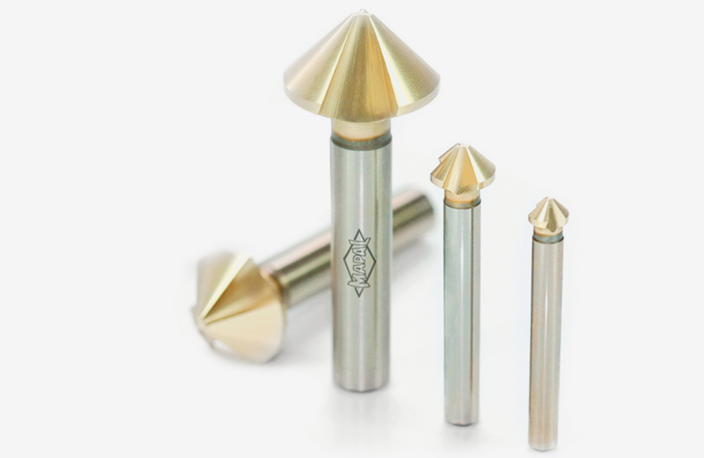
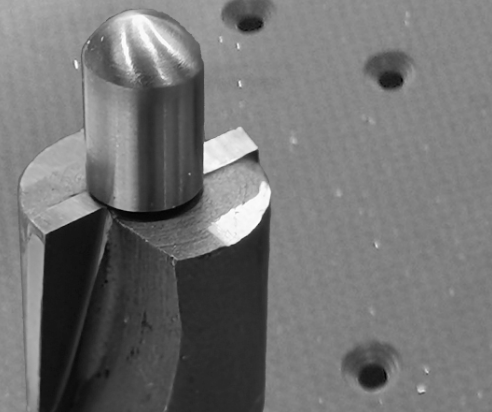
What is reaming?
This is a hole processing method for conical holes. It is characterized by a tapered hole machined on the surface of the original hole, usually in a chamfer shape at an angle of 90 degrees. The purpose of reaming is to bury the screw head into the hole so that it is flush with the surface of the workpiece and provides better assembly performance. Reaming is usually done using a special reaming tool. The tapered cutting edge of the tool is placed on the hole, then rotated and cut out the chamfer shape of the hole.
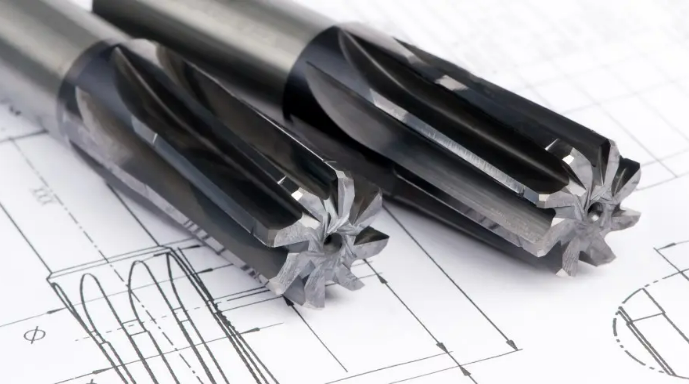
Before reaming, the following matters need to be prepared:
1. Design specifications: Determine the design requirements of reaming, including the diameter, angle, depth of the hole and the relative position of the hole and the workpiece surface. Select the appropriate reaming tool according to the design requirements.
2.Workpiece preparation: Select the appropriate workpiece and ensure that its surface is smooth and free of oil or impurities. If necessary, the workpiece can be cleaned and surface treated to ensure the quality of the processing.
3.Reaming tool selection: Select the appropriate reaming tool according to the design requirements. Reaming tools usually include two types of angle reamer and bottom reamer to ensure the quality and proper size of the tool.
4.Preparation of processing equipment: according to the size and quality requirements of the workpiece, select the appropriate processing equipment, such as milling machines, CNC machine tools, etc. Ensure the normal operation of equipment and tool stability.
5.Process lubrication: When reaming, you can consider using appropriate cooling lubricants to reduce friction and heat accumulation, to protect the tool and workpiece, and to improve the quality of processing.
6.Safety measures: Before processing operations, ensure that the work area is clean and tidy, and wear appropriate personal protective equipment, such as safety glasses, gloves and earplugs. Follow the operating procedures and safety operation requirements to ensure personal safety.
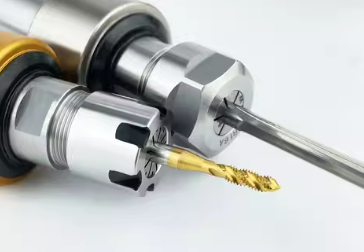
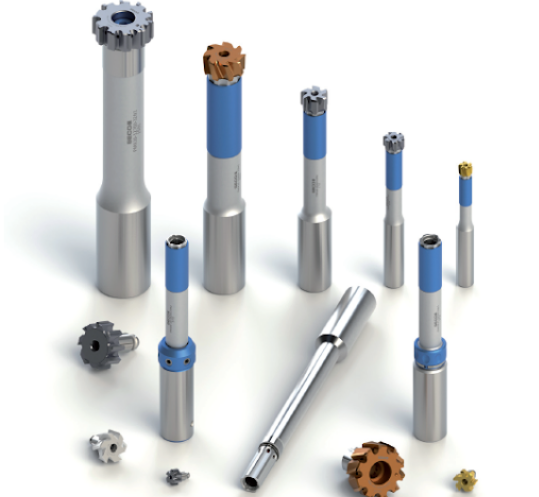
Shenzhen Industrial Man Sheet Metal Stamping
Common sheet metal processing includes stamping and bending . With 2000 tons of stamping, Industrial Man focus on the customization and processing of auto parts. We can not only manufacture hardware parts of curved surface, double camber and polyhedron, such as car door, cover, car chassis and other technical problems; but also can also easily master some flat, single arc, single arc multi-surface, continuous bending and other processes of sheet metal bending. Through the laser machine blanking, punching and bending, we provide our customers the sheet metal prototypes and sheet metal products according to their 3D and 2D data.
